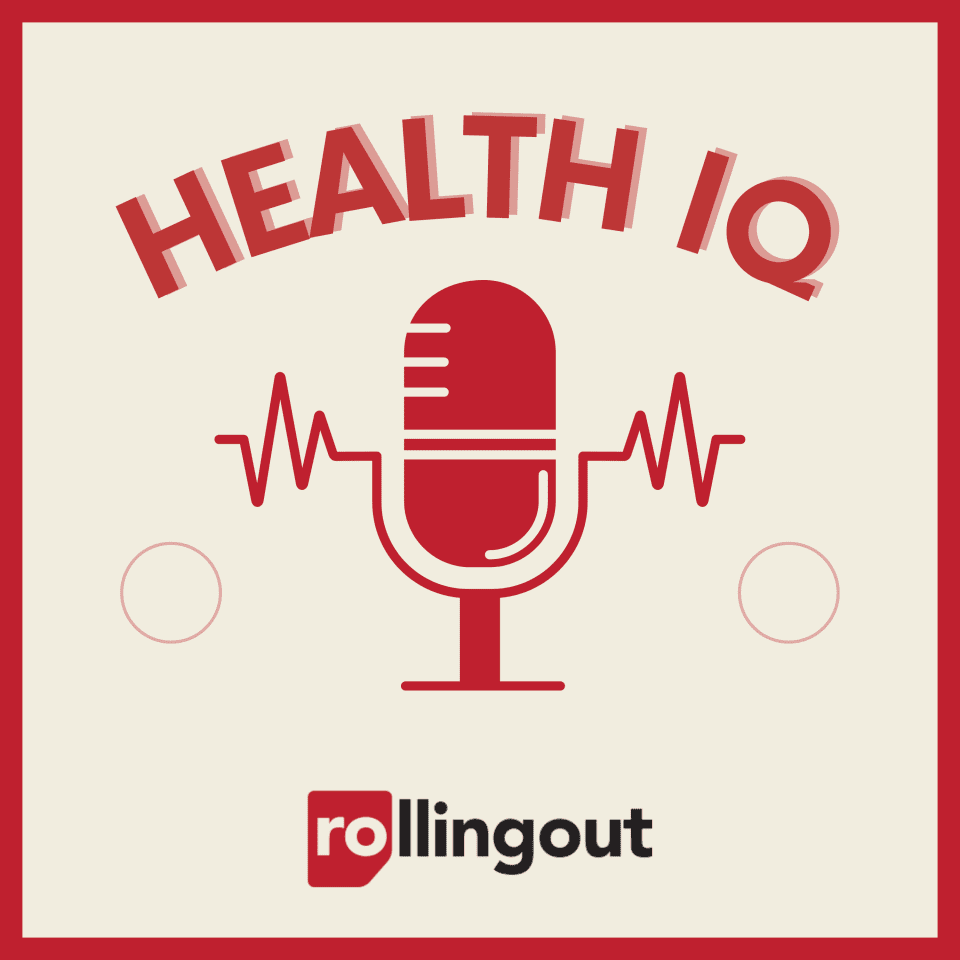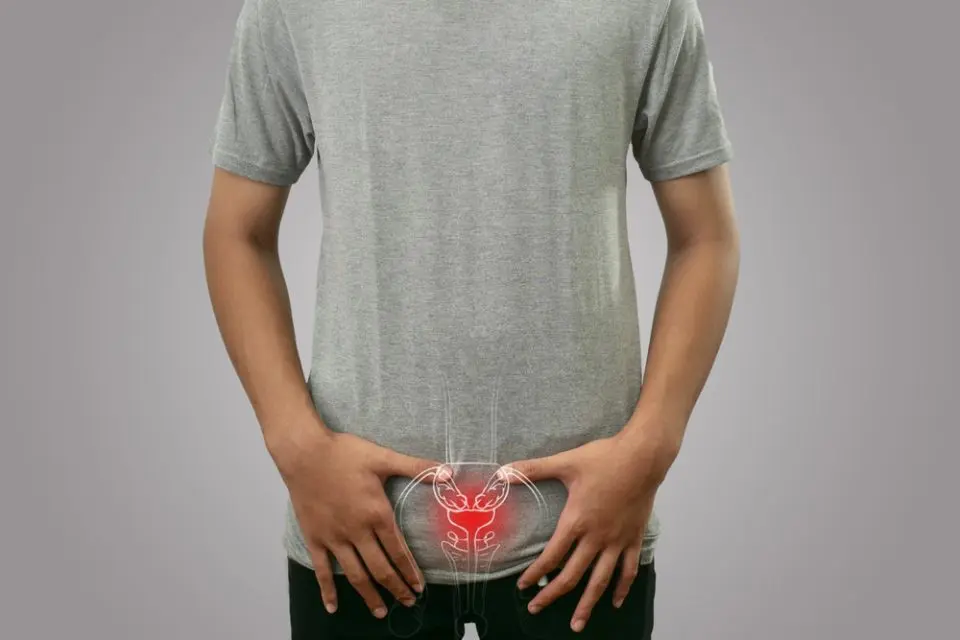The invisible threat in chemical manufacturing
Workers in the chemical industry face some of the most severe risks to their internal organs, particularly their lungs and brain. Dave Martinez, an occupational health specialist at Boston Medical Center, has tracked cases of workers developing chronic respiratory conditions after years of exposure to industrial chemicals.
The dangers lurk in everyday operations where workers handle substances like benzene and methylene chloride. These chemicals don’t just affect the respiratory system – they can cross the blood-brain barrier, potentially leading to neurological complications that may not manifest until years later.
Recent workplace safety reports indicate that chemical industry workers experience rates of lung disease 40% higher than the general population. Despite modern ventilation systems and protective equipment, the microscopic particles still find ways to penetrate workers’ defenses.
Heart strain in construction work
The construction industry presents unique challenges to cardiovascular health. Beyond the obvious physical demands, workers face a perfect storm of heart-straining conditions. The combination of heavy lifting, extreme temperatures, and constant physical exertion places extraordinary stress on the cardiovascular system.
Medical records from occupational health clinics across the country show construction workers have a 60-percent higher risk of developing heart conditions compared to office workers. The problem becomes even more pronounced in regions with extreme weather conditions, where workers battle both physical demands and environmental challenges.
The radiation reality for medical professionals
Radiologists and X-ray technicians work with life-saving technology, but their proximity to radiation sources comes at a cost. While modern safety protocols have significantly reduced exposure risks, these medical professionals still face higher rates of reproductive health issues compared to other healthcare workers.
Recent studies from major medical centers reveal that reproductive health concerns among radiology department staff occur at rates 25-percent higher than other hospital departments. The challenge lies in balancing the need for precise medical imaging with worker safety, especially during lengthy procedures where exposure times increase.
High-altitude health risks in aviation
For airline crew members, the workplace exists miles above the Earth’s protective atmosphere. This unique environment exposes them to cosmic radiation levels that far exceed what most people experience on the ground. Flight crews working regular long-haul routes at high altitudes receive more radiation exposure in a year than some nuclear power plant workers.
Industry data shows that flight crews on international routes can be exposed to radiation levels up to 100 times higher than ground-level exposure. The cumulative effect of this exposure over a career spans multiple organ systems, potentially affecting everything from bone marrow to brain tissue.
The neurological impact of agricultural work
Modern farming practices have transformed agriculture, but the extensive use of pesticides creates significant risks for agricultural workers’ neurological health. Farm workers who regularly handle these chemicals show concerning rates of neurological symptoms, from minor tremors to more severe conditions.
Agricultural health surveys indicate that workers who regularly apply pesticides are three times more likely to develop neurological symptoms compared to those who don’t handle these chemicals. The risk extends beyond immediate exposure, as these substances can accumulate in the body over time.
A deeper look at organ protection
The human body’s vital organs operate in complex harmony, making them particularly vulnerable to workplace hazards. Medical experts emphasize that damage to one organ often creates a domino effect, impacting multiple body systems. This interconnected nature of organ health makes workplace protection particularly crucial.
Occupational health specialists now recommend a more comprehensive approach to worker protection that considers both immediate and long-term organ health. This includes regular health monitoring, improved ventilation systems, and rotation schedules that limit exposure to harmful conditions.
The future of workplace safety
As understanding of these health risks grows, industries are developing new approaches to protect workers’ internal organs. Innovation in protective equipment, exposure monitoring, and workplace design shows promise in reducing these hidden health risks.
Some companies have implemented real-time monitoring systems that track exposure levels and alert workers before they reach dangerous thresholds. Others have redesigned workflows to minimize contact with harmful substances while maintaining productivity.
Prevention strategies gaining ground
Forward-thinking employers are adopting comprehensive health protection strategies that go beyond basic safety requirements. These programs include – Regular organ function monitoring through specialized medical screenings Advanced protective equipment designed for specific organ protection Workplace rotation systems that limit cumulative exposure Stress management programs that help reduce strain on vital organs Educational initiatives that help workers understand and protect their long-term health
The economic impact of organ damage
Beyond the human cost, organ damage from workplace exposure creates significant economic challenges for both workers and employers. Medical treatment for organ-related conditions often requires long-term care, leading to substantial healthcare costs and lost productivity.
Insurance data reveals that claims related to workplace-induced organ damage average 300% higher than those for external injuries. The extended nature of treatment and potential need for organ transplants or lifetime care makes these conditions particularly costly.
Moving toward better protection
The path to better organ protection in high-risk careers requires a combination of improved safety technology, stronger regulations, and greater awareness of long-term health impacts. Industry leaders are beginning to recognize that investing in organ protection measures not only saves lives but also makes sound business sense.
Emerging technologies, including artificial intelligence-powered exposure monitoring and advanced protective materials, offer new hope for reducing workplace risks to vital organs. However, experts emphasize that technology alone cannot solve the problem – it must be paired with robust safety cultures and worker education programs.
Taking action for worker health
As awareness of these hidden workplace dangers grows, both workers and employers must take proactive steps to protect vital organs. This includes staying informed about the latest safety measures, maintaining open communication about health concerns, and prioritizing long-term health over short-term productivity gains.
Medical professionals stress that early detection and prevention remain the best strategies for protecting worker health. Regular health screenings, combined with proper protective measures, can help identify potential problems before they become severe.
The role of workplace culture
Creating a culture that prioritizes organ health requires commitment from all levels of an organization. Leadership must demonstrate through both words and actions that worker health takes precedence over production quotas or cost-cutting measures.
Successful programs often include regular health and safety meetings, open discussions about workplace hazards, and clear procedures for reporting health concerns without fear of retaliation.
Building sustainable solutions
The challenge of protecting workers’ vital organs requires ongoing attention and adaptation as new hazards emerge and our understanding of health risks evolves. Industries must remain vigilant in updating their protection strategies and implementing new safety measures as they become available.
Sustainability in worker health protection means creating systems that can adapt to new challenges while maintaining consistent protection for vital organs. This includes regular review and updates of safety protocols, ongoing worker training, and continuous improvement of protective measures.













